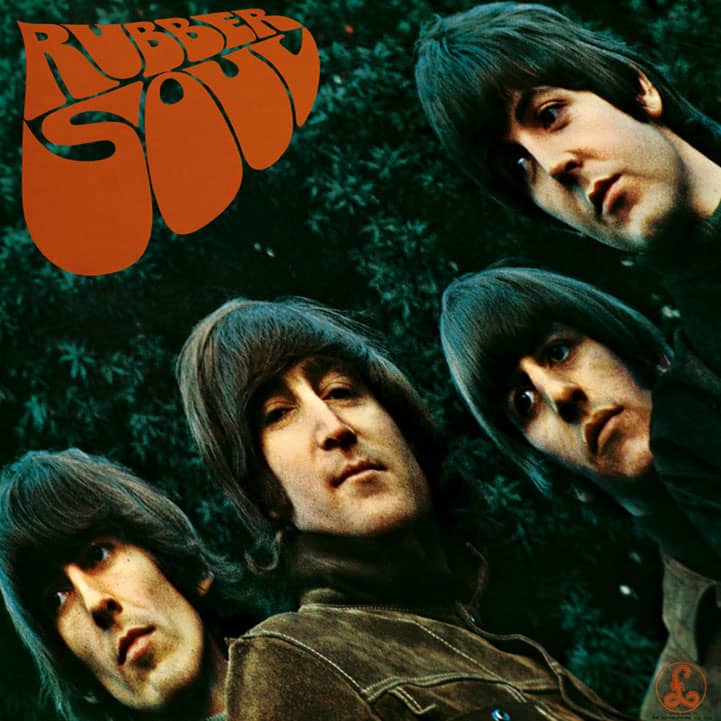Norwegian Wood is a track from Rubber Soul. The original idea from the song came from John Lennon – it tells the story, cryptically, of a real-life extramarital affair.
‘Norwegian Wood (This Bird Has Flown)’ was a landmark recording for The Beatles, being one of the first Western pop songs to feature the sitar, an Indian instrument.
 Continue reading on Beatles Bible →
Continue reading on Beatles Bible →Lennon began working on the song while on a skiing holiday in Switzerland with his wife Cynthia and with George Martin and his wife Judy. The writing was completed in England, and there has been some dispute over the degree of Paul McCartney’s contribution with McCartney claiming to have contributed some key ideas (including the title, middle eight and “I lit a fire” denouement). While Lennon was writing, in coded form, about a real relationship, McCartney would have been embellishing the narrative with fictional elements.
Whatever the exact details of the authorship, it is an excellent song with a very strong lyric which is a perfect blend of simplicity, truth, fiction, ambiguity, honesty and narrative. The first line – which is Lennon’s unembellished idea – sums this up: “I once had a girl, or should I say, she once had me”. Single syllables outline a subtle and ambiguous situation in which two people are toying with each other, but who has the upper hand? As the story progresses we’re introduced to the decor of the mystery woman’s flat with a playwright’s conversational flair: “Isn’t it good? Norwegian wood.” Giving away his ulterior intentions the protagonist describes himself “biding my time, drinking her wine”. They talk into the early hours but when she says it’s time for bed, the protagonist is evidently not included: “she told me she worked in the morning and started to laugh”. Waking up alone in the flat he lights a fire, and we get the final plot twist: “Isn’t it good? Norwegian wood”.
McCartney claimed that he came up with title and the twist:
“So she makes him sleep in the bath and then finally in the last verse I had this idea to set the Norwegian wood on fire as revenge, so we did it very tongue in cheek. She led him on, then said, ‘You’d better sleep in the bath’. In our world the guy had to have some sort of revenge. It could have meant I lit a fire to keep myself warm, and wasn’t the decor of her house wonderful? But it didn’t, it meant I burned the fucking place down as an act of revenge, and then we left it there and went into the instrumental.” (Paul McCartney quoted in the Barry Miles authorised biography, Many Years From Now)
Undoubtedly when he began the song, Lennon had a particular person in mind and over the years Beatles many fans and commentators have tried to piece together the identity of the mystery woman in the story. Two candidates emerge: Maureen Cleave, mentioned by Lennon’s close friend and confident Pete Shotton, and – more plausibly in my view – Lennon’s neighbour Sonny Freeman. But, of course, if McCartney is to be believed some of the evidence may not relate to Lennon’s affair. In McCartney’s account the distinctive wood of the title is a reference to the then-current trend for pine panelling, and he was actually thinking of his friend Peter Asher’s flat.
Norwegian Wood is also notable for being one of the first rock songs to use the sitar, which plays a prominent musical hook but mainly offers a distinctive texture. Only later would Indian music exert a more profound influence on the Beatles as, under Ravi Shankar’s guidance, George Harrison gained greater familiarity with the instrument and a deeper understanding of the Indian music and culture.

